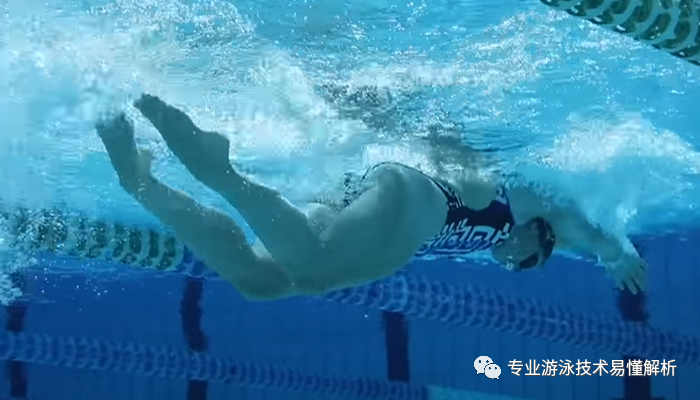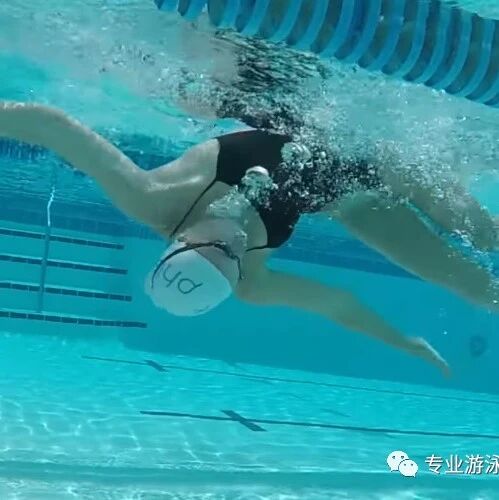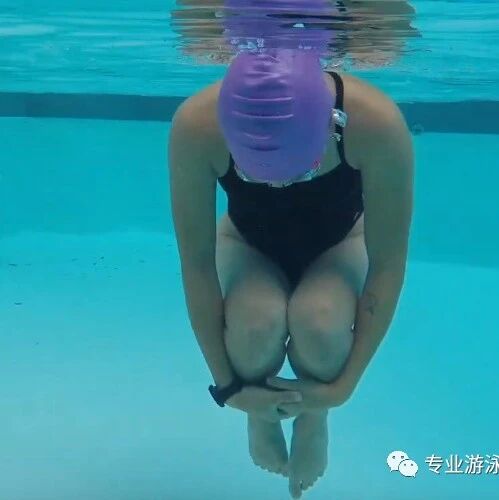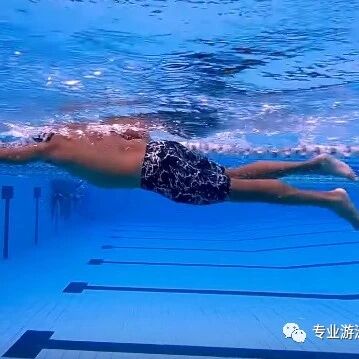Master the basics of butterfly swimming in seconds—underwater practice yields faster results than on-the-surface training.

A swimmer who regularly dips into the pool, sticking to just one stroke, may eventually find even their patience wearing thin—after all, nothing beats variety to keep swimming fun. The solution? Simple: master as many strokes as possible. Many swimmers, after mastering breaststroke and freestyle, often struggle to get started with butterfly—but this article is here specifically to share some expert tips that can help you quickly unlock the art of butterfly swimming.

1. Beginner Techniques for Butterfly Arm and Kick Movements
The butterfly stroke's arm movement begins similarly to the breaststroke—both start with an outward sweep. However, while the breaststroke follows the outward pull with an inward sweep combined with a water-holding motion, the butterfly stroke immediately transitions into a backward push right after the outward sweep. When pushing the water, bending the arms or keeping the elbows high depends on the swimmer's arm strength. Beginners should avoid forcing the water; instead, focus on pushing slowly backward, ensuring you can clearly feel the weight and resistance of the water. Importantly, apply force primarily between the forearm and wrist, not through the palm of your hand.
When performing the dolphin kick, your legs should remain completely relaxed—avoid deliberately forcing them together. As the kick nears completion, gently bring your legs together and slightly tuck your lower legs in, ensuring the angle between your calves and thighs doesn’t exceed 30 degrees. Beginners often make the mistake of letting the angle between their calves and thighs reach or even surpass 45 degrees during the dolphin kick—this is entirely incorrect.
Once the pull-through is complete, position both hands along the sides of your thighs. At this point, gently but firmly kick downward with your calves, slightly turning your feet inward into an "eight" shape to maximize the surface area pushing against the water. Importantly, when performing the downward kick in butterfly, focus on using your calves and feet to push the water backward—rather than simply pressing down through the water.


3. Swimming practice on the water is not conducive to learning butterfly stroke.
When learning butterfly stroke, avoid rushing for quick results—mastering it requires patience. Butterfly demands the highest level of coordination between your arms and legs among all common swimming styles. It’s simply unrealistic to expect to glide smoothly through the water right from the start.
Instead, you can break down butterfly training into two distinct phases: an "on-water" segment focusing on mastering the arm entry combined with the powerful dolphin kick that propels your body underwater, followed by a "underwater" phase, where you practice pushing off with your arms while maintaining the explosive power of the dolphin kick to drive yourself forward. When these two phases are seamlessly integrated, they naturally create a fluid, balanced rhythm that defines the graceful, efficient motion of the butterfly stroke.
Some swimmers, while their heads are still above the water, try to execute the butterfly stroke by relying solely on arm movements combined with flutter kicks—only to end up performing the exact opposite of what’s required. As a result, mastering the rhythm of the stroke becomes incredibly challenging. Moreover, practicing above the water highlights a common issue that often hinders beginners from learning butterfly: even a slight upward motion in the butterfly kick lifts the legs out of the water, while any downward movement quickly turns into a slap against the surface—making it virtually impossible to get the hang of the proper butterfly kick technique.
Therefore, performing both parts of the butterfly stroke practice underwater is a great choice—and it has proven to yield excellent results. Without taking deep breaths, allow your body to submerge slightly deeper in the water. Keep your arms extended forward underwater, gaze downward toward the pool floor, and execute one butterfly kick by pushing water backward while driving your body farther downward and forward at an angle. Next, push the water backward again with both arms underwater; as you’re about to complete the push, shift your eyes diagonally forward at a 45-degree angle, then immediately follow up with another butterfly kick—propelling your body forward at a slightly elevated angle for a smooth, efficient glide.

After repeated practice, when you no longer feel tension in your lower back and abdomen, you’ve mastered the basics of butterfly swimming. By continuing with this exercise, you’ll gradually develop a clearer sense of the rhythm required for efficient butterfly strokes—and deepen your understanding of the precise timing and technique needed to coordinate your arms and legs seamlessly.


